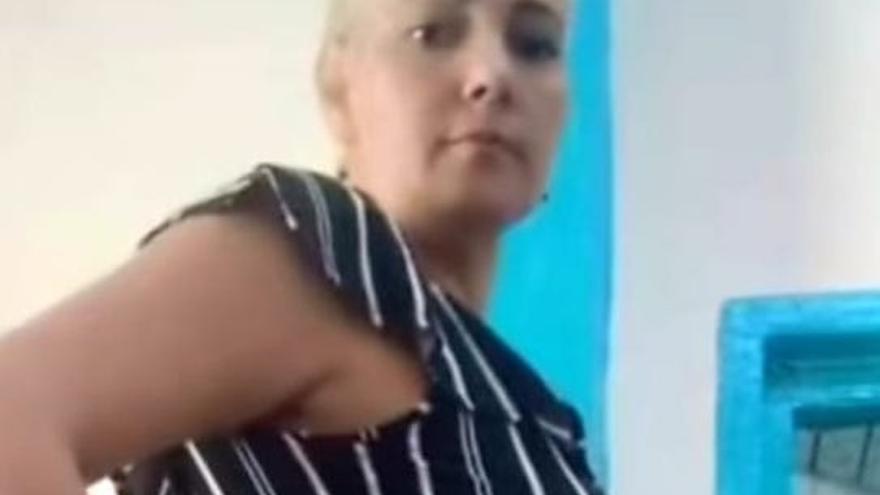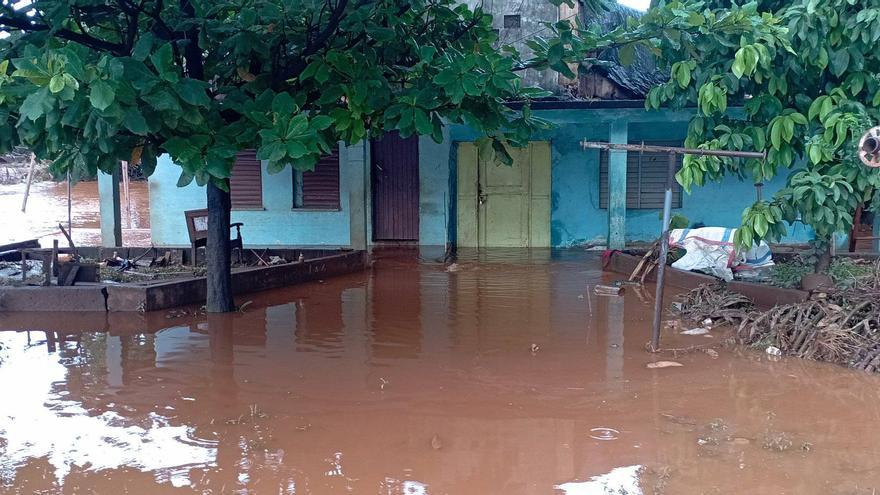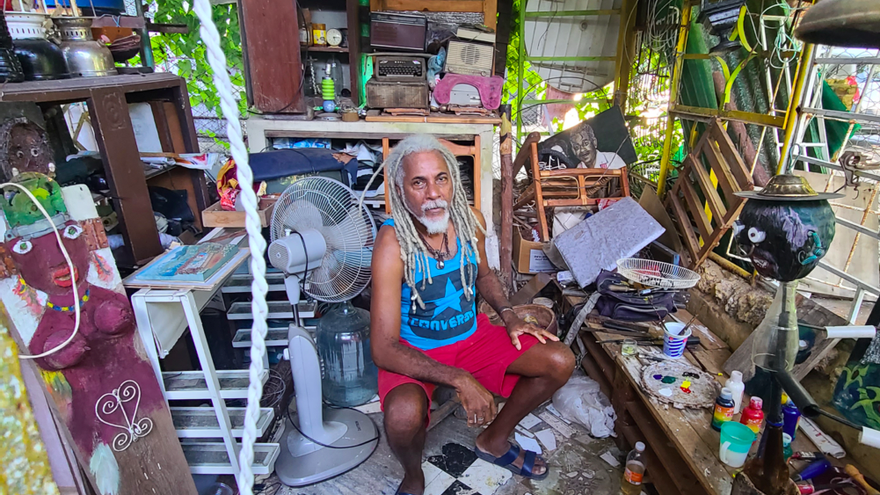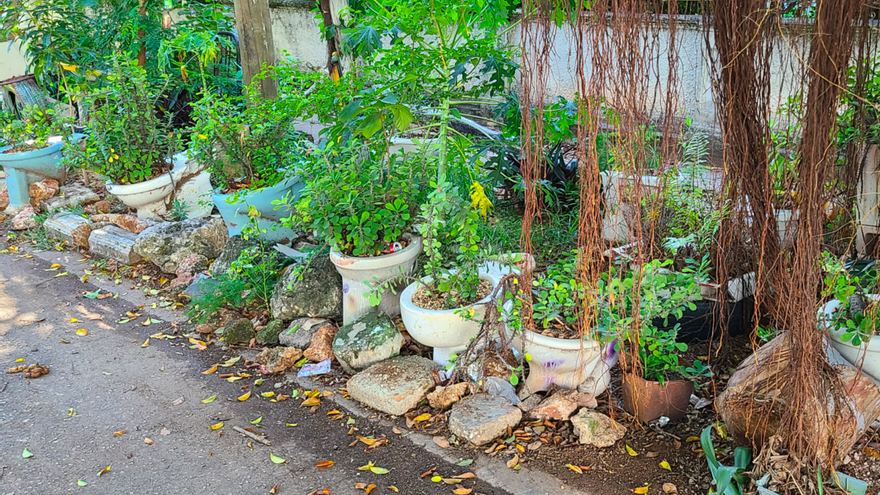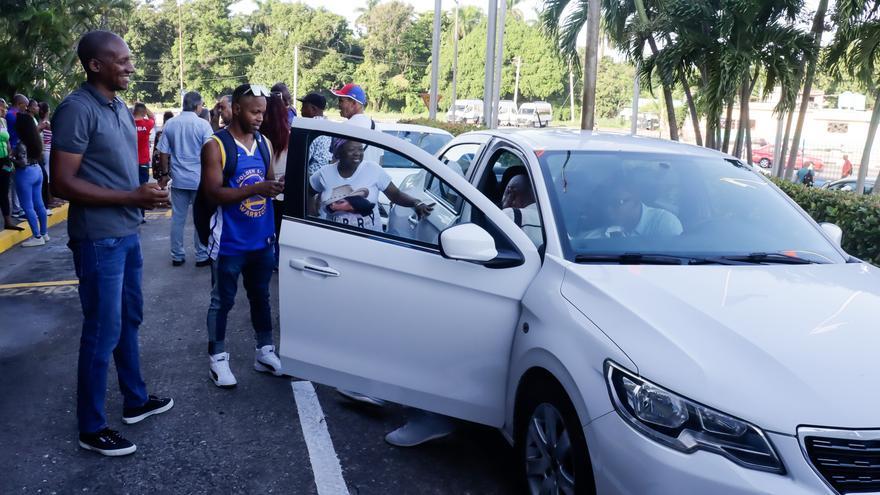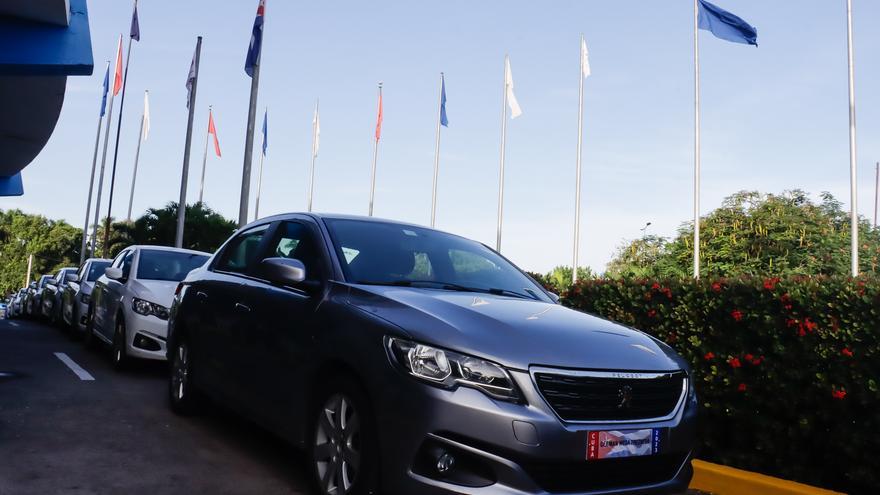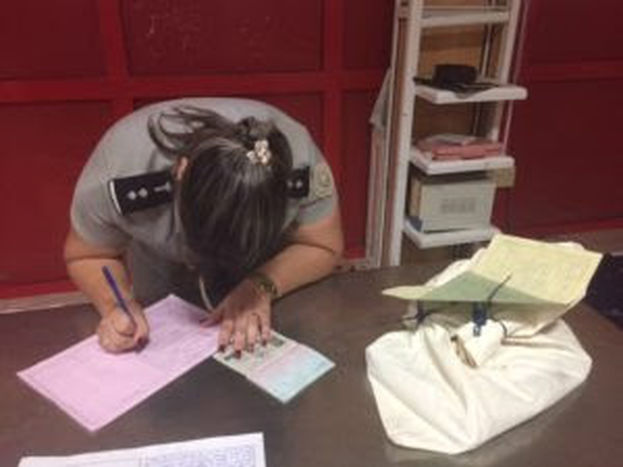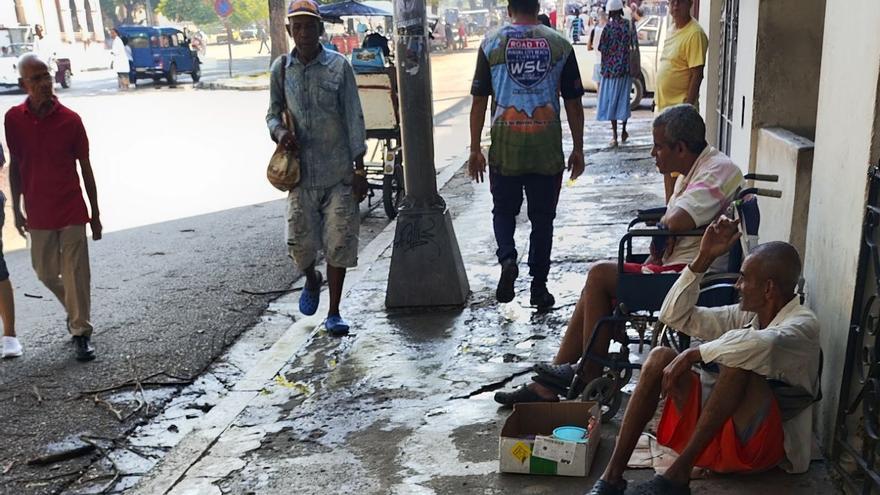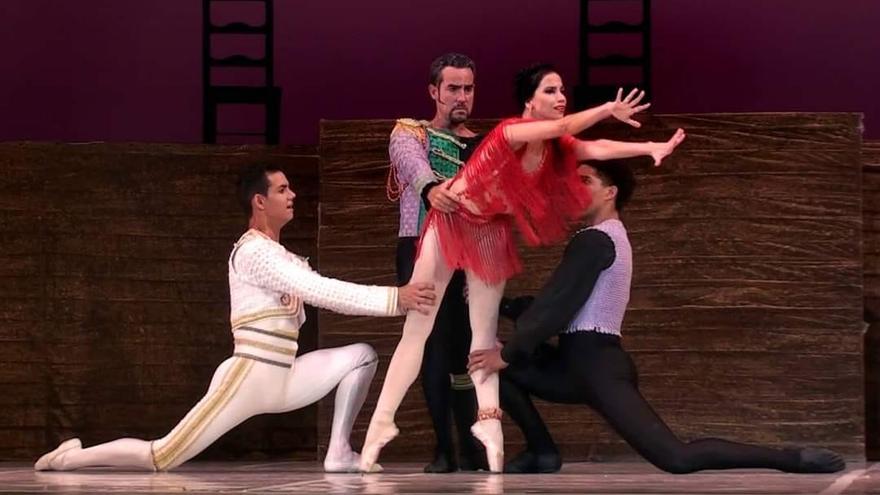
![]() 14ymedio, Julio Aleaga Pesant, Manzanillo, 29 October 2023 — Last Sunday, October 22, was a noteworthy page in Latin American politics from which the Cuban democratic opposition can learn. Firstly, the fact that Javier Milei was not elected in the first round of Argentine presidential elections, and secondly that María Corina Machado (MCM) was elected in the primaries for the Venezuelan democratic opposition, are points to consider.
14ymedio, Julio Aleaga Pesant, Manzanillo, 29 October 2023 — Last Sunday, October 22, was a noteworthy page in Latin American politics from which the Cuban democratic opposition can learn. Firstly, the fact that Javier Milei was not elected in the first round of Argentine presidential elections, and secondly that María Corina Machado (MCM) was elected in the primaries for the Venezuelan democratic opposition, are points to consider.
What happened to Milei? In the pre-presidential elections last August, known as Paso, he came in first place. There was such a state of euphoria that he himself boasted that on his birthday he would be elected as President of the Argentine Republic. But he was ultimately relegated to a merited second place in the general election.
What happened was something unique to democracies with parties. Sergio Massa is the candidate of the ruling Peronist coalition, The Union for the Homeland (Unión por la Patria). Given that Massa is an ally of the convicted Christina Fernández de Kirchner, President Alberto Fernández and the continental leftist group el Grupo de Puebla hit the gas pedal of the political structure. Between Kirchner, Fernández, Massa and other “weeds”, they set the party’s electoral machinery in motion.
The Union for the Homeland flexed its muscles and beat the candidate of Liberty Advances (la Libertad Avanza) by 7 points. An organization that recently debuted and is full of euphoric citizens disenchanted with the “caste”, but who still have much to learn when it comes to politics. continue reading
I do not rule out that the strategists and the money of the Puebla Group were poured into Buenos Aires for that result to occur
I do not rule out that the strategists and the money of the Puebla Group were poured into Buenos Aires for that result to occur, and also that they may color the next runoff election. Everything remains to be seen– in politics, two plus two may not be four.
And in Venezuela? There, they carried out the primary elections of the opposition in order to elect a leader and a team that would promote and set out an agenda that would remove the country from the pit in which it finds itself, based on concrete actions and public policies that would end the long Chavo-Maduro night. Is it the key to The Seven Thunders? No! But it is an important step toward giving a voice to the Venezuelan citizens.
How did they do it? Well, in the only, and complex, way it can be done. The leaders of the political organizations (United Platform, or Plataforma Unitaria) agreed to hold elections (primaries) to elect the leader of the opposition before the presidential elections. The leaders convened their bases and enlisted them in an independent electoral commission (the National Primary Commission), made up of prestigious lawyers and representatives of the different organizations that participate.
In that process, fiercely bombarded by the caste of Bolivar-invoking dictators, María Corina Machado, from Vente Venezuela, was elected. In this way, the opposition now has a leadership legitimized by the participation of political parties and their voters. Does it mean that they summited Mount Zion? Also no. Only that they began to travel their “road to Damascus.”
And when will we learn from others?
“The sorrows that mistreat me / are so many that they run over each other / And when to kill me they try / They crowd each other out and that’s why they haven’t killed me”, says Sindo Garay’s song, performed by the unforgettable Silvia Perez Cruz, as the voice of the Cuban democratic opposition in exile or “inxile”, but without a doubt in the center of its labyrinth.
And why don’t we get on with it?
Under the predatory communist regime’s conditions of cruel repression against all, it is difficult to organize a leadership selection process within the island, like the one that has just been carried out in Venezuela. Especially when the most important opposition parties and organizations also disappeared from the Island in the last seven years under the blows of repression, exile, the old age of the founders, or the lack of interest of young people.
But does something prevent compatriots abroad from forming and accepting leadership, with goals and challenges, and that it be pro-tempore, asks Ernesto Gutiérrez Tamargo from Europe. And he focuses on the exile, for its “freedom of political action and international logistical maneuverability,” and because he has the opportunity to “tune in with the internal opposition on the Island to develop strategies.”
The foundation of these “primaries” that we dream of, he continues, is that “they must represent the essential pillars of building a Constitutional and Democratic State of Law with national proposals to confront the regime in international forums.”
Of course, to feed this proposal, the reluctance of so many “Taifa kingdoms” [petty political factions] must be overcome
Of course, to feed this proposal, the reluctance of so many “Taifa kingdoms” [petty political factions] and political parties without representativeness or leadership capacity must be overcome. But it would be a step. They have denied us the right to exist as a democratic political alternative: “The Pax Castro” classifies us as criminals in its Penal Code.
I agree with the Cuban lawyer, and I would only add that an opposition primary would be the opportunity to make the decision-making process transparent within the democratic opposition. Above all, with regards to the citizens and with the relevant consensus, it would have an effect upon the entire Cuban society, directly affecting the foundations of the regime. It would be a special time of identifying the forces at play and the existence of ideologies, which would begin to coexist for a common good, the homeland and a higher objective: building democracy.
The lessons of October 22 are found in both Argentina and Venezuela: in order to face our national challenges, we need strong and qualified leadership and structures, chosen by the citizens.
Translated by Lucie McCallum (University of Miami/Spanish 321)
____________
COLLABORATE WITH OUR WORK: The 14ymedio team is committed to practicing serious journalism that reflects Cuba’s reality in all its depth. Thank you for joining us on this long journey. We invite you to continue supporting us by becoming a member of 14ymedio now. Together we can continue transforming journalism in Cuba.

